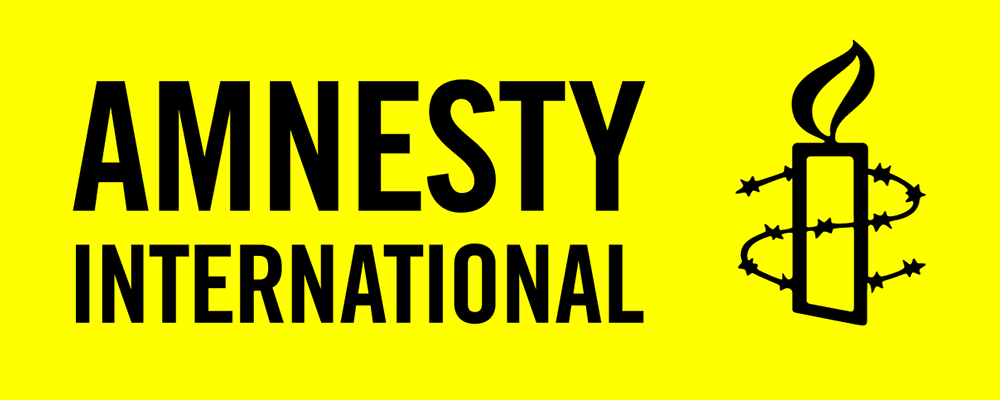Roisin’s experience of a miscarriage occurred seven years before the death of Savita Halappanavar—but it was only because of the media attention around Savita Halappanavar’s death that she realized quite how dangerous her situation had been. In 2003, Roisin was six weeks pregnant with her third child when she began to experience complications and bleeding. She was referred to the hospital by her doctor for a scan. Told she was probably having a miscarriage, the hospital doctors told her: “we can’t really see a heartbeat but there is a lot of blood.” She thought they would then give her a dilation and curettage (D&C) – a surgical abortion – but instead they gave her a leaflet about miscarriage and told her that she would need to come back in two weeks for another scan.
When she returned two weeks later, Roisin asked for a D&C. However, she was told she needed to wait nearly a month longer, until she was 11 or 12 weeks pregnant, so that they could absolutely confirm there was no heartbeat.
“I suppose that it was the first time it dawned on me that they don’t do what the woman wants. They are not there to treat the woman, I didn’t want to be pregnant. I was terrified there was something wrong with it and I really didn’t feel good about it… [In the end,] I had gone from six weeks to 11 weeks carrying what I thought was probably a dead baby, although my body had all the symptoms of being pregnant. It was horrible.”
By the time Roisin’s doctors had definitively confirmed that there was no foetal heartbeat, the abortion procedure was more invasive than an earlier term abortion would have been.


